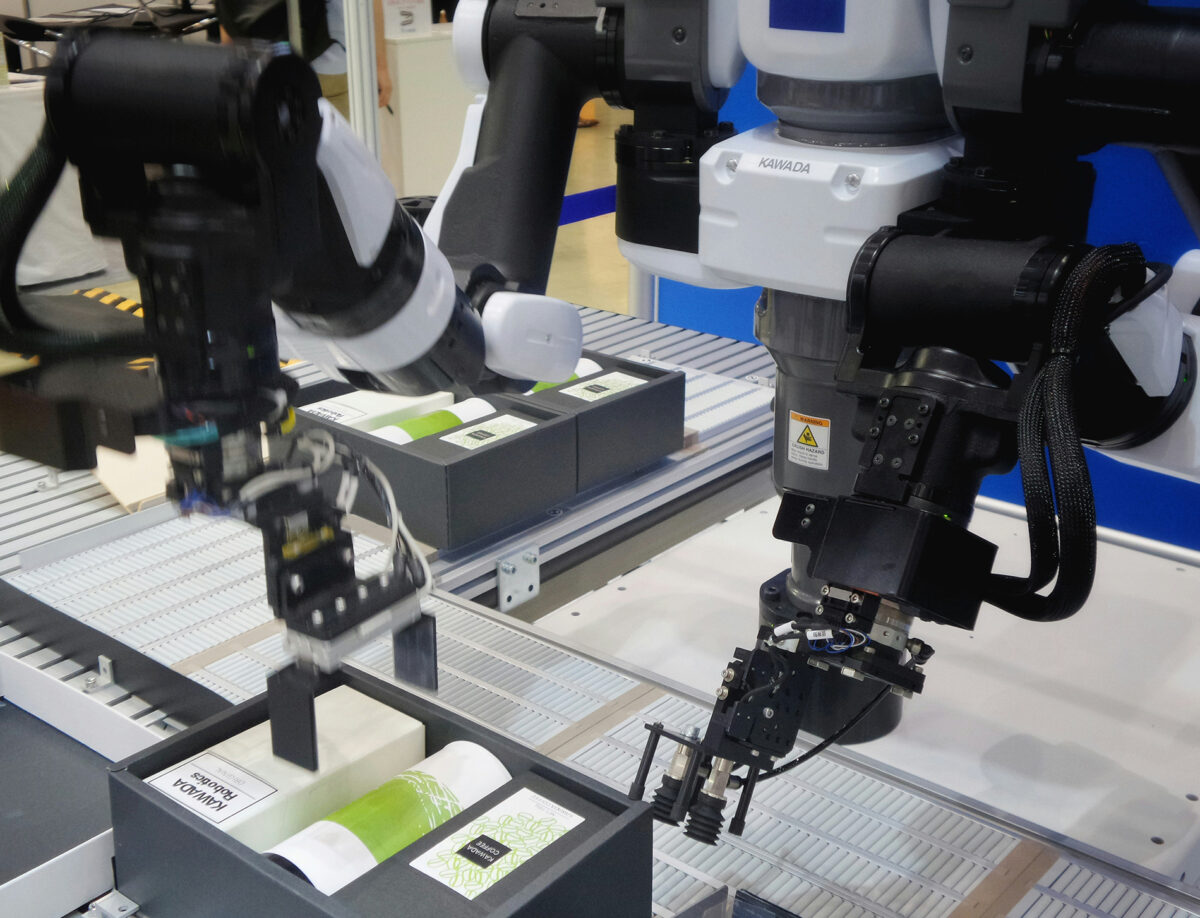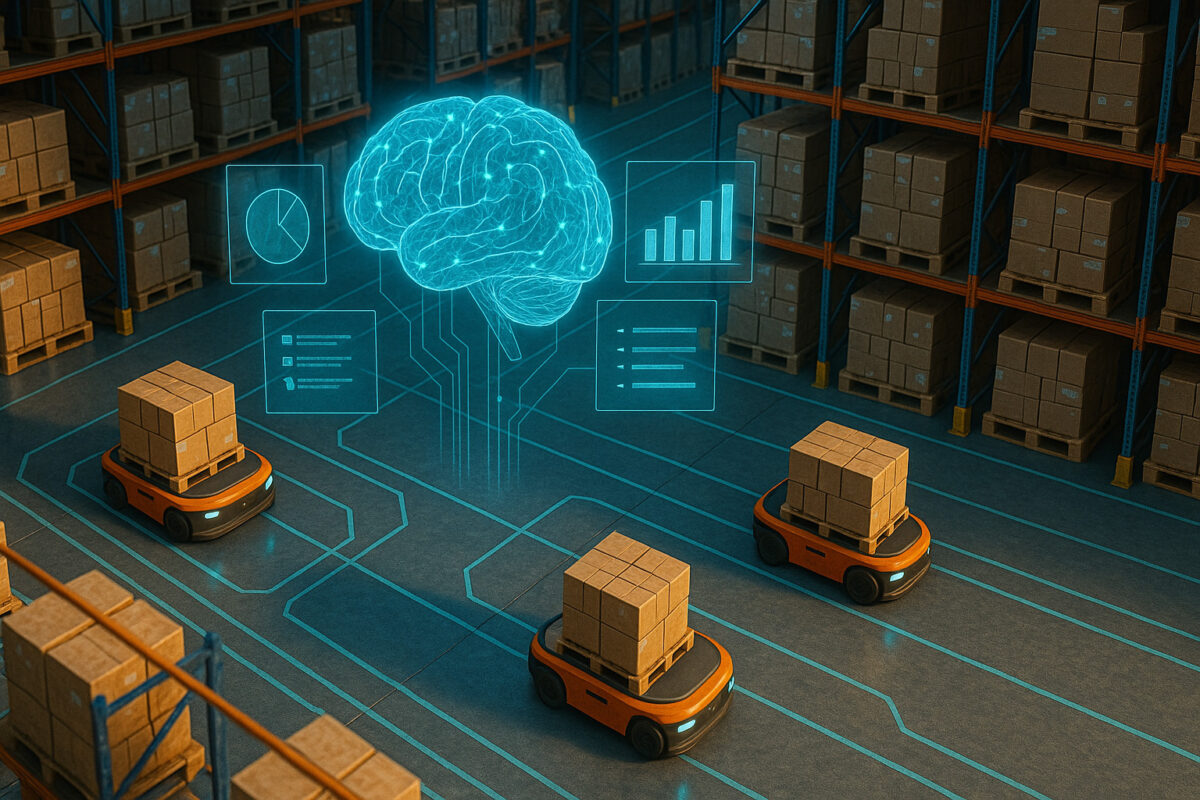
Quality, safety, and compliance with current regulations are major components of industrial production. More importantly, product traceability has now become an essential requirement. This step allows for highly precise monitoring of every stage of manufacturing, from the arrival of raw materials to the delivery of the finished product to the customer. Thanks to upstream or downstream traceability, all operations performed are transparent throughout the production chain. This enables faster reaction and follow-up in case of error, product compliance verification, or product recalls following food alerts, while also providing an effective safety net for all businesses. Such a level of professionalism prevents many issues both for consumers and for the reliability of the brand in question.
What is product traceability?
Product traceability refers to the ability to trace the history, usage, or location of a product through recorded identifiers. It helps control processes and reduce waste, in line with the principles of lean management. It is divided into three types:
- Upstream traceability: tracking raw materials and components supplied by vendors.
- Internal traceability: monitoring products within the factory, including the different stages of transformation.
- Downstream traceability: tracking finished products through to their distribution and sale to the final customer.
This traceability relies on precise data collection and management, such as batch numbers, manufacturing dates, identification codes, supplier information, and quality control results.
Why is traceability critical in the factory?
Ensuring rigorous traceability in production brings several major advantages:
- Regulatory compliance: it ensures compliance with current standards, such as EC Regulation No. 178/2002 for foodstuffs, or ISO standards for quality and safety.
- Risk management: in the event of a problem such as contamination or a manufacturing defect, traceability facilitates targeted recalls of affected products, limiting impacts on the company and consumers.
- Continuous improvement: analyzing traceability data helps identify weaknesses in the production process and implement corrective actions to improve the overall product. Performing quality control can also help detect inaccuracies in tooling or defects due to excessive equipment wear.
- Transparency and trust: effective traceability strengthens customer and partner confidence by demonstrating the company’s commitment to quality and safety.
Key steps to ensure effective traceability
Identify control points in the production chain
To begin, the critical steps in the production chain are carefully identified. Any point where a product changes state, form, or packaging is a traceability point and must verify product compliance. In practice, investigations begin as soon as raw materials are received, with their origin, supplier, batch number, and arrival date. Then comes processing: mixing, cooking, assembly, labor, machinery, time, and energy are all key factors.
Tracking parts or components used remains essential in sectors like automotive or food. Final assembly, packaging, storage, infrastructure, and labor needs are also key traceability points. By thoroughly identifying production links, we can not only track any product but also anticipate risks and ensure complete transparency from supplier to end customer.
Implement suitable tracking systems
To make traceability effective, each item or batch must be assigned a unique identifier. This can be a serial number, barcode, alphanumeric ID, or Data Matrix. These elements must be applied clearly and indelibly at the time of manufacturing or packaging. Labeling is also important, as it links a unit to its specific data. Using digital tools can be very beneficial, especially for real-time updates and, to a lesser extent, for reducing human error. A traceability software adapted to the sector becomes a true driver of efficiency and even safety.
Centralize and manage production data
Effective traceability is only possible if data collected at each step is recorded with formal and standardized discipline. Furthermore, this data must be centralized in a single interface to be accessible at any time. This register, whether digital or paper-based, must ensure the integrity, accuracy, and accessibility of information, in compliance with current regulations.
In audits, inspections, or of course, product recalls, the quality and availability of this information will be a valuable resource that attests to the quality of commercialized products.
Engage all teams
Lastly, traceability is not just a matter of technology: it relies above all on people. All actors in the production chain, from operators to supervisors, must understand the stakes and master the associated procedures. Ongoing training, visual instruction displays, and simulation exercises all help reinforce proper practices.
It’s also essential to designate traceability leaders, responsible for ensuring compliance and the proper execution of operations. This collective involvement helps establish a real culture of quality, vital for ensuring food safety, product compliance, and business sustainability.
Linking traceability to a full factory audit
Implementing an effective traceability system can be reinforced by conducting a full factory audit. This audit helps assess current processes, identify improvement areas, and ensure compliance with applicable standards and regulations. It is a key step to guarantee the quality and safety of products.







